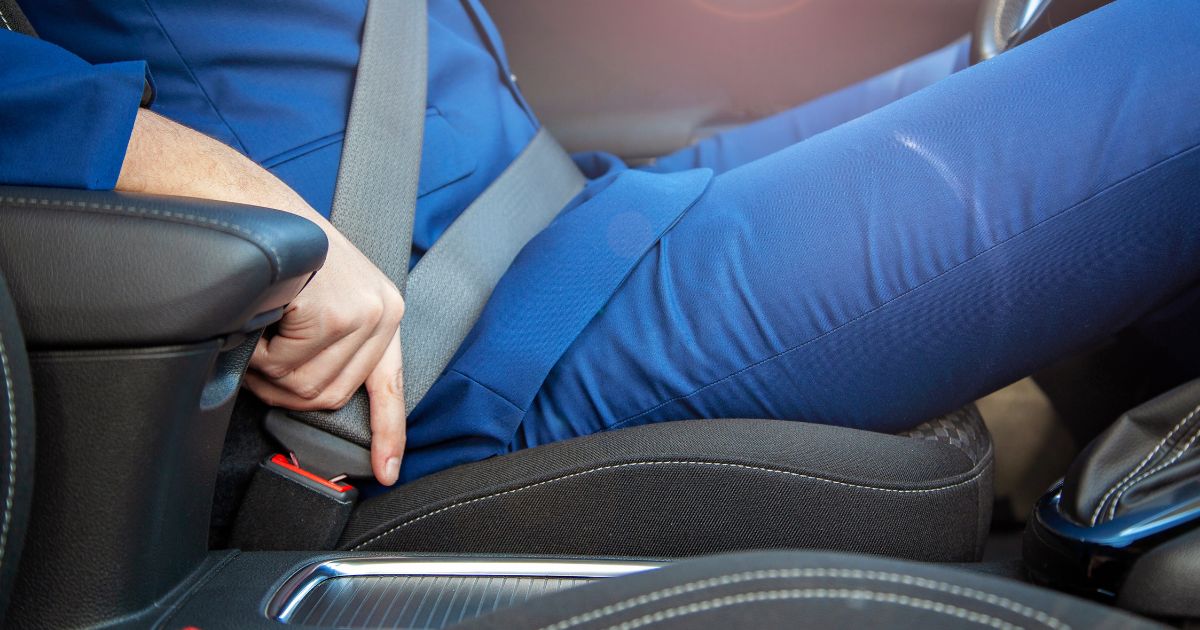MENU
- Home
- Overview
- Attorneys
- Practice Areas
- Firm News
- Blog
- Contact

Wearing a seat belt when behind the wheel is the law. Research shows that seat belts save lives, significantly reducing the risk of fatalities and severe injuries in a car accident. However, seat belts are not entirely safe in themselves. You may still suffer an injury because of the seat belt. Even though the seat belt may be dangerous, you are still far better off using one than going without one.
Statistics generally measure the impact of seat belts in terms of the lives they save. Seat belts have been shown to reduce the risk of car accident fatalities by as much as 50 percent. From 1975 to 2017, researchers found that seat belts saved nearly 400,000 lives of people involved in car accident crashes. No surveys detail how many drivers and passenger car occupants are injured by seat belts that could save their lives—however, injuries associated with seat belts pale compared to severe injuries that one may suffer without one.
Seat belt syndrome is not necessarily one particular injury you may suffer due to the restraint in the car. This term describes an umbrella of injuries that using a seat belt could cause. Remember that a seat belt is a hard object that does not necessarily give way in a car accident. The hard part of the seat belt can dig into your body with force and potentially cause you serious injuries. Car crashes often occur at high speeds, and a significant amount of force is exerted on your body. The seat belt only partially gives way during the crash because it needs to restrain you in place and keep the rest of your body from making contact with hard parts of the car and being ejected from the vehicle itself.
Common injuries that are associated with seat belt syndrome include:
Some injuries related to seat belts can be extremely serious. Some can have immediate effects, while others are internal injuries that may begin to show symptoms in the hours and days after the car accident. You need to be extremely vigilant about your health and see a doctor at the first sign of any trouble.
You may notice the following symptoms as signs of a seat belt injury:
Even when the seat belt is the cause of your car accident injuries, the other driver would be fully responsible for paying for your damages if they were the cause of the crash. You must prove negligence to be entitled to financial compensation for the injuries. There is a slight chance that you may have a products liability lawsuit against the car manufacturer or the seat belt if a problem with the restraint caused your injuries. However, most seat belt injuries are the fault of the actions that the other driver took in the first place. Potential settlement amounts when a seat belt has injured you vary widely. An experienced car accident attorney would review the specifics of your situation.
If you or a loved one has been injured in a motor vehicle crash, reach out to our Wilmington car accident lawyers at Jacobs & Crumplar, P.A. Our lawyers will thoroughly investigate the circumstances of your accident and help you determine the next steps. Schedule a free initial consultation by calling us at 302-656-5445 or by contacting us online. Our offices are in Wilmington and Millsboro, Delaware, and we serve clients in Dover, New Castle County, and Sussex County.